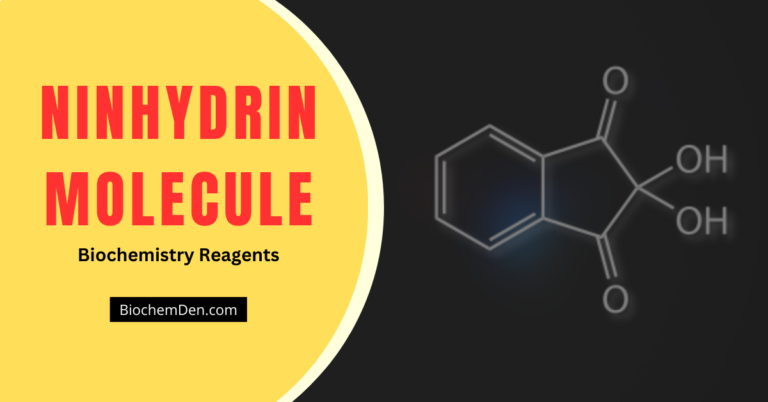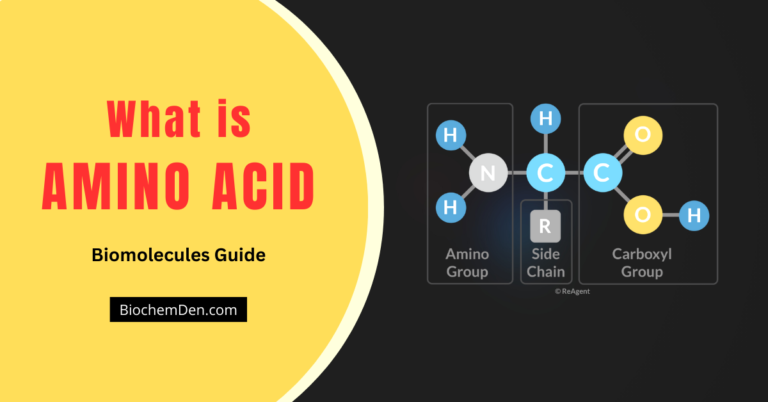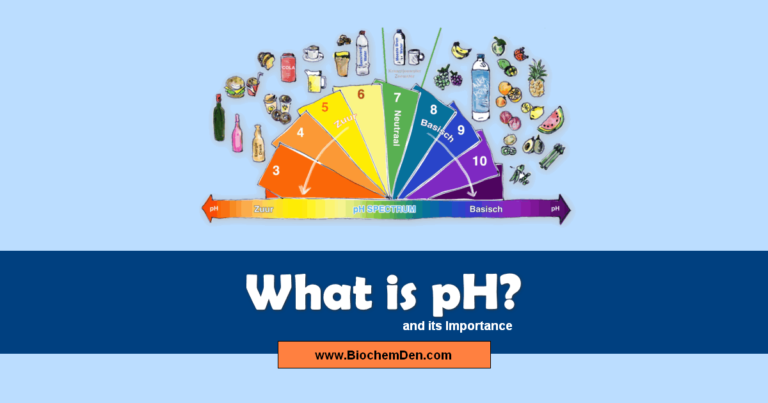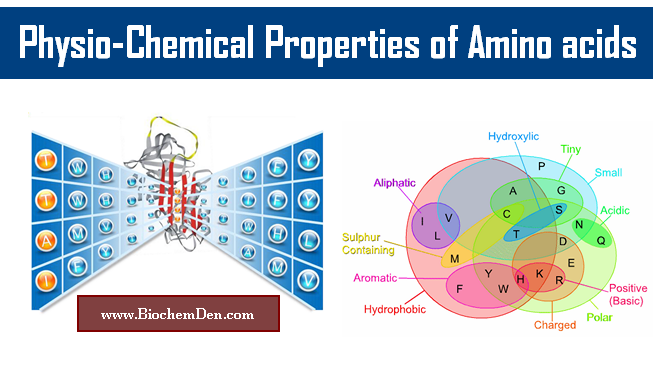Amino acids are organic compounds that contain amine (-NH2) and carboxyl (-COOH) functional groups. They serve as the building blocks of proteins, which are essential for growth, development, and maintenance in living organisms. Proper transport and regulation of amino acids are crucial for various cellular processes. This comprehensive guide will examine the mechanisms of amino acid transport, regulatory processes, and the importance of amino acid homeostasis.
Mechanisms of Amino Acid Transport
There are several mechanisms by which amino acids are transported across cell membranes:
Passive Diffusion
- The simplest form of transport that does not require energy
- Amino acids move down their concentration gradient from high to low concentration
- The rate of transport depends on concentration difference across the membrane
Facilitated Diffusion
- Mediated by transport proteins that shuttle amino acids down a concentration gradient.
- Transport proteins provide hydrophilic channels through the hydrophobic interior of the membrane. Examples: GLUT1 transporter for glucose; aquaporins for water.
Active Transport
- Requires input of metabolic energy to move amino acids against gradient
- Uses ATP hydrolysis or ion gradients to power transport
- Example: Sodium-potassium pump that maintains membrane potential
Vesicular Transport
- Amino acids are packaged into vesicles that fuse with the target membrane
- The energy-dependent process that allows transport against the gradient
- Important for nutrient absorption in intestinal epithelium
Major Amino Acid Transporters
Many specific transporter proteins mediate amino acid movement across membranes:
- SLC6 family – Na+- and Cl–dependent transporters for neutral amino acids like leucine, isoleucine, and valine
- SLC7 family: cationic amino acid transporters for lysine, arginine, and ornithine
- SLC36 family: proton-coupled amino acid transporters, including PAT1 for proline and glycine
- SLC38 family: sodium-coupled neutral amino acid transporters, including SNAT1, SNAT2,
- SLC43 family: Na+-independent, pH-sensitive transporters for branched-chain and aromatic amino acids
- SLC1 family: excitatory amino acid transporters (EAATs) that remove glutamate from the synapse
Key Steps in Amino Acid Transport Regulation
To maintain homeostasis, the cell tightly controls the movement of amino acids. Here are some key regulatory mechanisms:
- Transcriptional control – Expression of amino acid transporter genes is regulated to match supply and demand.
- Transporter trafficking – Subcellular localization of transporters modulated to regulate activity. Internalized when amino acids are abundant.
- Allosteric regulation: Transporters have allosteric sites that bind amino acids and alter conformational shape.
- Post-translational modifications – The transporter function is modified by phosphorylation, ubiquitination, and sumoylation.
- Genetic regulation – Inherited mutations can affect transporter expression and activity.
Amino Acid Sensing and Signaling
Specialized amino acid sensing systems detect levels in blood and tissues to regulate transport.
- Amino acids bind to and activate mTORC1 kinase, which stimulates protein synthesis and transporter expression.
- When amino acids are not available in sufficient amounts, uncharged tRNAs build-up and bind to GCN2 kinase, which then activates transporters.
- Alterations in luminal amino acid levels detected by the CASTOR1 sensor in epithelial cells regulate transporter trafficking.
- Metabolites of amino acids may act as signaling molecules. For example, α-ketoglutarate produced during amino acid catabolism inhibits transport.
Consequences of Impaired Transport
Defects in amino acid transport can lead to various cellular and physiological disturbances.
- Neurotransmitter imbalance: Altered synthesis/recycling of glutamate, GABA, and glycine in the brain.
- Loss of mTORC1 signaling: Reduced protein synthesis, autophagy induction.
- Oxidative stress: Certain amino acids are precursors of glutathione, an antioxidant defense.
- Toxicity: Excess extracellular glutamate causes excitotoxicity in neurons.
- Malabsorption: Reduced intestinal amino acid uptake impairs nutrition.
- Metabolic disorders: Imbalances in branched-chain amino acids impact insulin signaling.
Maintaining Amino Acid Homeostasis
Proper functioning of amino acid transporters is essential for preserving cellular and whole-body amino acid homeostasis. This is achieved through:
- Coordinated upregulation and downregulation of transporter expression and activity in response to amino acid levels.
- Localization of transporters to appropriate membranes where absorption and recycling occur.
- Coupling of transport to ion gradients and metabolic energy sources.
- Fine-tuned allosteric and post-translational control of transporter function.
- Systemic hormones like insulin that coordinate tissue requirements and adjust transport.
Frequently Asked Questions
What is the main energy source used for the active transport of amino acids?
ATP hydrolysis directly powers some transporters. Transport is also coupled to ion gradients, mainly the sodium gradient, which indirectly tap into the energy stored in ATP.
How are amino acid transporters regulated by insulin?
Insulin stimulates the trafficking of amino acid transporters like System A from intracellular vesicles to the cell membrane. This increases uptake of amino acids into muscle and other tissues.
What happens if there is a genetic defect in an amino acid transporter?
Mutations in amino acid transporters can reduce their expression or impair their function. This can lead to diseases like Hartnup disorder (neutral amino acid transport defect) or lysinuric protein intolerance (cationic amino acid transporter defect).
Can bacteria directly sense amino acid concentrations?
Yes, bacteria have amino acid sensing riboswitches that bind directly to amino acids and modulate the expression of genes involved in amino acid biosynthesis and transport.
What is the main storage form of amino acids in the body?
Muscle protein acts as the main reservoir of amino acids in the body. During times of starvation or stress, muscle protein can be broken down to release amino acids into the bloodstream.
Key Facts and Statistics
- There are over 400 members of solute carrier (SLC) transporter families that move amino acids.
- The SLC7 family has 12 members that preferentially transport cationic amino acids.
- 1 in 5000 babies born have inherited amino acid transport defects.
- 800,000 L-glutamine molecules are transported per second by each EAAT transporter.
- Individuals with untreated phenylketonuria (PKU) have a 50% decreased brain amino acid content.
- Up to 20% of protein intake can be used for amino acid transport and protein synthesis.





